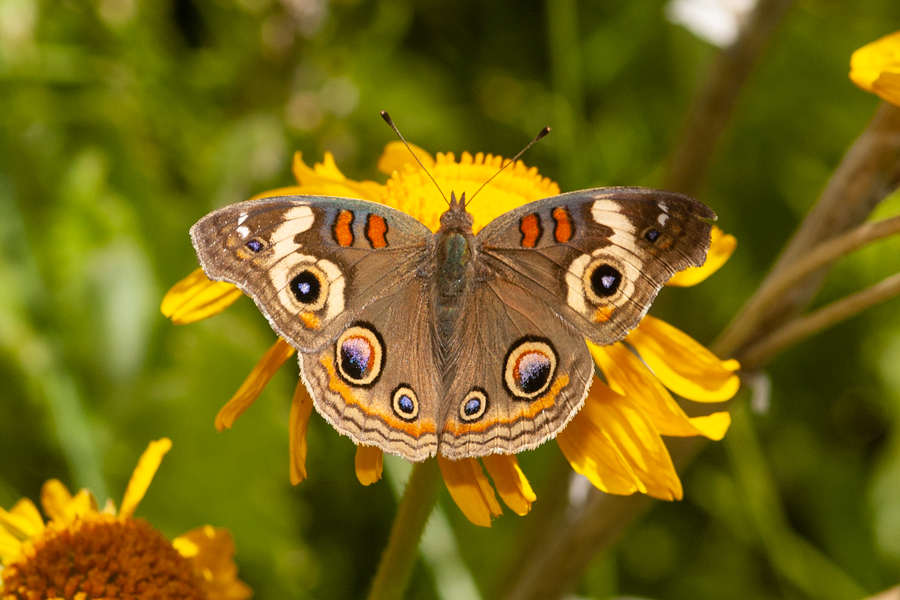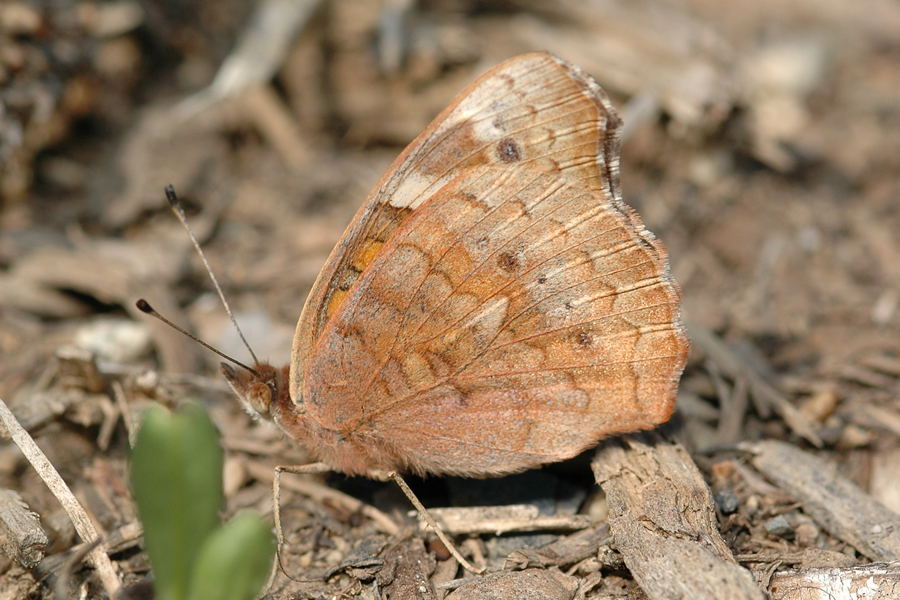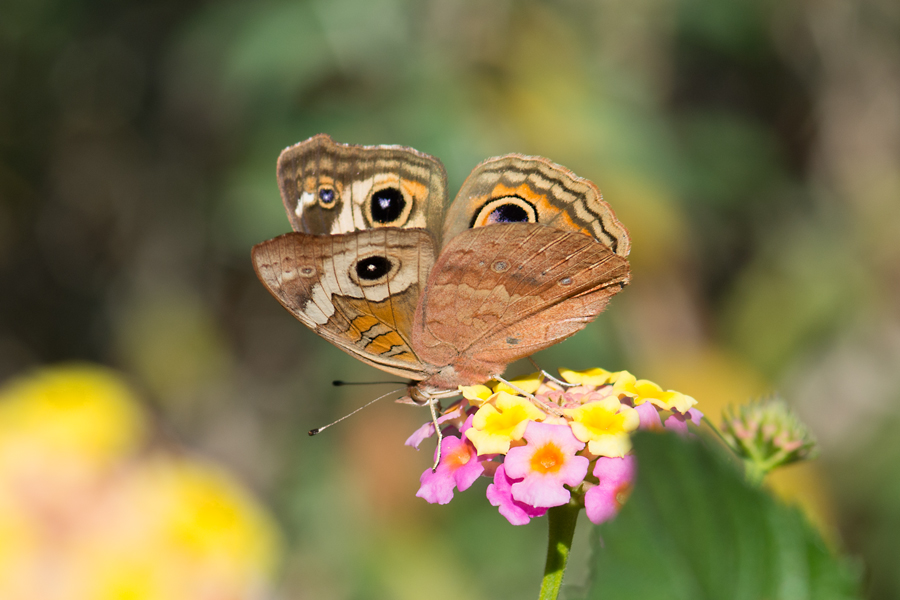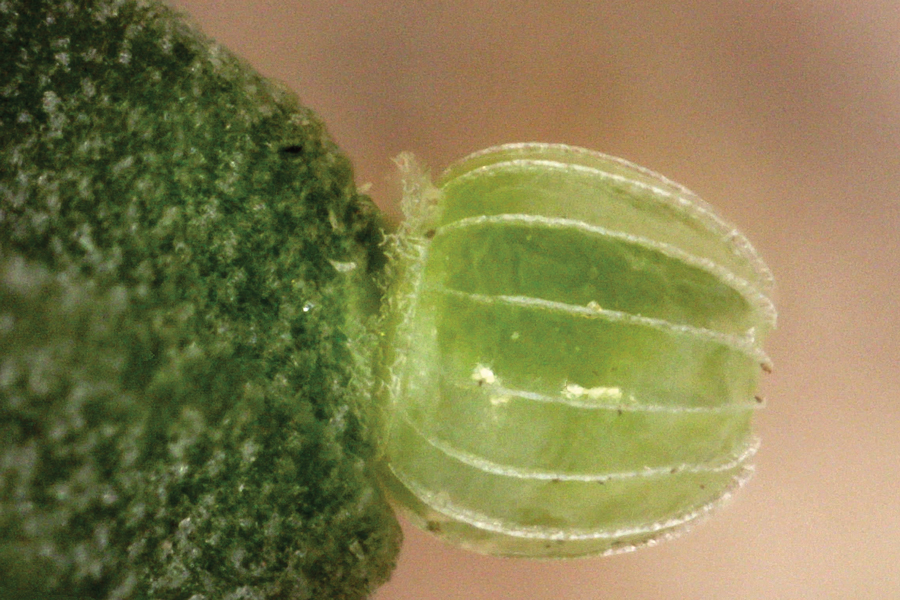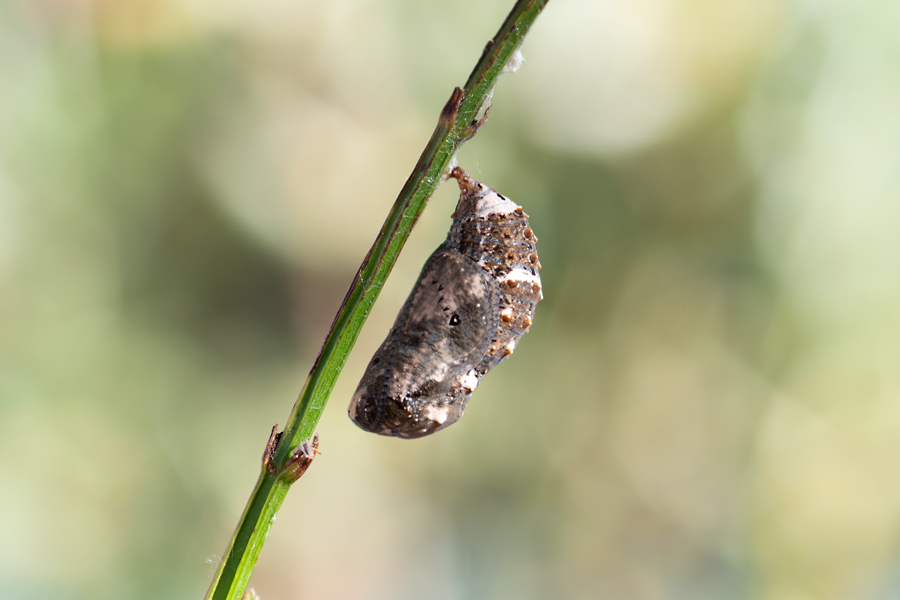Junonia grisea
Common Buckeye
A fresh buckeye is a thing to behold. It's the eyespots in particular that set the buckeye apart from our other common butterflies, interesting to us, confusing to predators. I've noticed that when buckeyes hold their forewings less than fully spread, the pattern above suggests the face of an owl. The underside is cryptic, but by lifting the forewing a bit, another eye reveals itself. Presumably this buys it time to fly off when a predator is within striking distance. This is how the buckeye wins: deception. Males patrol pathways and open areas and can be very common some years almost anywhere.
What we've called a buckeye in the U.S. is in fact not a single species. It took some serious genetic work (along with morphology, hosts, rearing experiments, etc.) to work it out, but what we have in southern California is Junonia grisea, formerly a subspecies of coenia. This recent journal article and this one as well are worth a deep dive. The name grisea was applied as a subspecies name in the 1998 Systematics book by Austin and Emmel (p.512); the type locality is South Pasadena.
